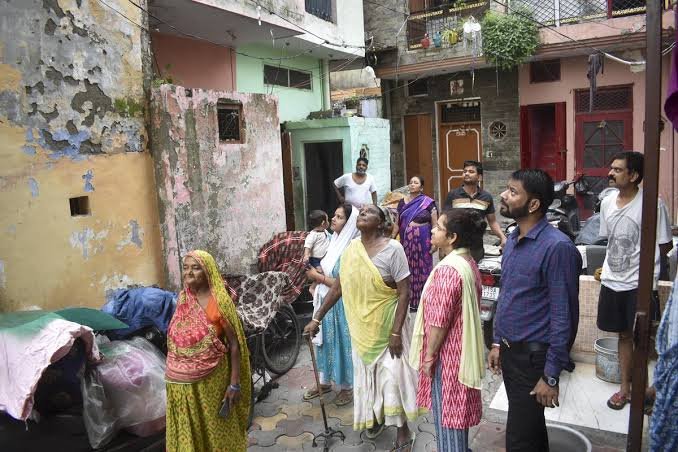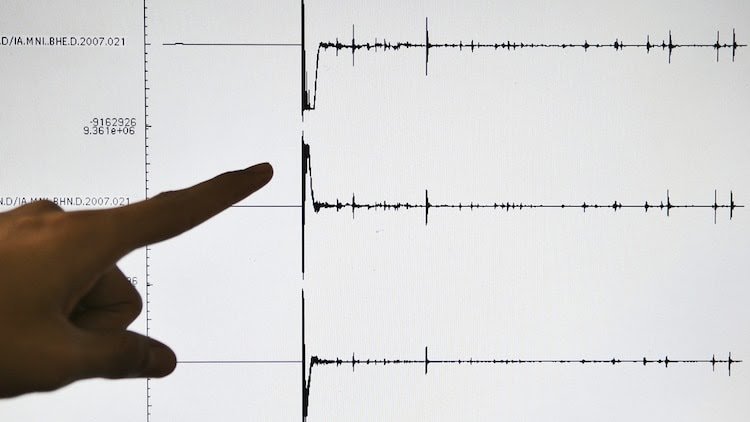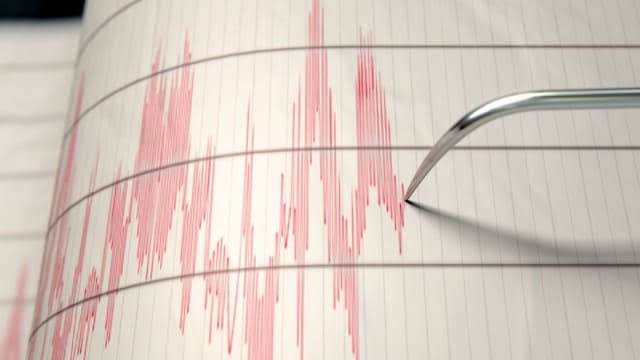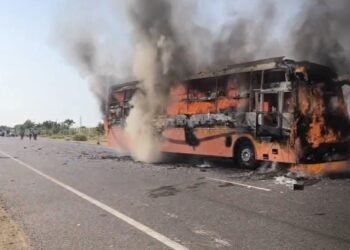On Thursday, Delhi-NCR experienced intense tremors from a 4.4 magnitude earthquake, with its epicentre situated beneath Jhajjar in Haryana. It is located within the National Capital Region and lies approximately 60 kilometres from Delhi.
Besides the national capital, Noida, Ghaziabad, Gurugram, and Faridabad experienced the tremors in the National Capital Region, as well as in areas of Rajasthan and Uttar Pradesh.

Users on social media have expressed that the strength of the vibrations has frightened them, with even the cabinets being forced ajar because of the shakes.
ALSO READ: Heavy Rains in Delhi leads to Waterlogging in Several Areas; More Rains Expected
Why so many earthquakes occur frequently in Delhi-NCR?
The Delhi-NCR area and its surrounding regions are marked by a complicated system of fault lines that affect their seismic activity. Located close to the Himalayan collision area, this region undergoes tectonic interactions that affect ground shifts and the frequency of earthquakes.
The Bureau of Indian Standards (BIS) categorizes the whole nation into four seismic zones – from zone II (low intensity) to zone V (extremely severe).

According to this classification, Delhi and NCR are classified as zone IV (severe), resulting in relatively frequent seismic activity, with Thursday’s earthquake being typical.
In addition, certain studies indicate that excessive groundwater withdrawal in Delhi could contribute by decreasing pressure in the subsurface rocks and possibly causing earthquakes.
Safety measures during earthquakes
Safety measures such as dropping, covering, and holding on after very useful during the earthquaked. If you’re inside, find shelter beneath a strong table or desk, distant from windows and outside walls.
ALSO READ: Analysis! Are We Doing Enough to Combat the Rise in Cancer Cases?
Furthermore, if you are outside, relocate to an open space distant from structures, trees, and power cables. Once the tremors cease, remain vigilant for aftershocks and possible dangers such as compromised structures and fallen electrical lines.
Remain calm, shield your mouth and nose from dust, and indicate for assistance by tapping on a sturdy item or using a whistle.













